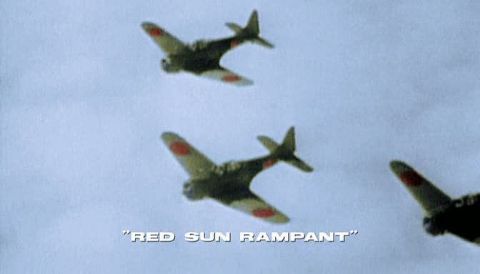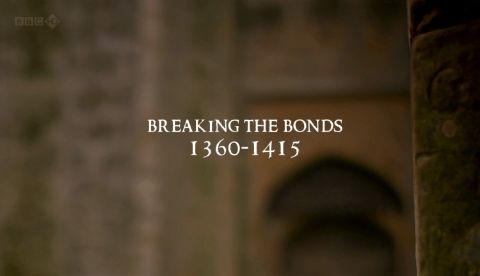Medieval Fight Book • 2010
In year 1459 a book was written which contained images so bizarre that even 500 years later their meaning is still shrouded in mystery. Violent, secretive, and packed full of knowledge, Medieval Fight Book uncovers the real story of Europe in the Middle Ages. Its 150 beautifully illustrated paper folios depicts a unique imagery of bloody, highly sophisticated combat, strange futuristic designs and inventions, ingenious engineering and judicial duels. Its timeworn leather cover bears one simple inscription: Talhoffer. The mysterious fightmaster of the middle ages and the author of the mysterious medieval fight book. Hans Talhoffer's 1459 Fightbook (Fechtbuch) is one of medieval worlds' most mysterious manuscripts, challenging the legends and myths that surrounded this so often misunderstood period of our history. Today, the manuscript is located deep in the vaults of the Danish Royal Library. Using historical recreations, amazing CGI and leading historians, Medieval Fight Book reveals that medieval society was far more sophisticated and peculiar than we realized. Hidden in a dusty library, this obscure and strange manuscript contains unique imagery of bloody but highly sophisticated combat, futuristic designs and inventions, ingenious engineering and judicial duels. Hans Talhoffer's 1459 fightbook is one of the medieval worlds' most mysterious manuscripts, challenging the legends and myths that surrounded this often misunderstood period of our history. In Medieval Fight Book we'll join a documentary film crew and a team of historians as they test out most of the designs and inventions within Talhoffer's book. Will the inventions live up to being usable?
Make a donation
Buy a brother a hot coffee? Or a cold beer?
Hope you're finding these documentaries fascinating and eye-opening. It's just me, working hard behind the scenes to bring you this enriching content.
Running and maintaining a website like this takes time and resources. That's why I'm reaching out to you. If you appreciate what I do and would like to support my efforts, would you consider "buying me a coffee"?
Donation addresses
BTC: bc1q8ldskxh4x9qnddhcrgcun8rtvddeldm2a07r2v
ETH: 0x5CCAAA1afc5c5D814129d99277dDb5A979672116
With your donation through , you can show your appreciation and help me keep this project going. Every contribution, no matter how small, makes a significant impact. It goes directly towards covering server costs.





